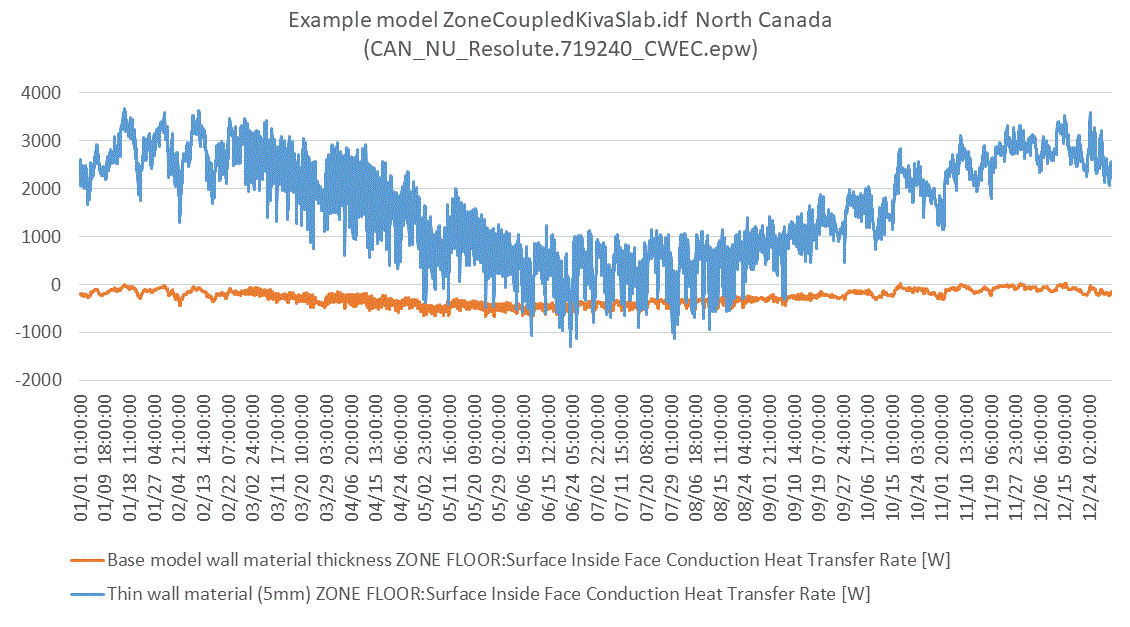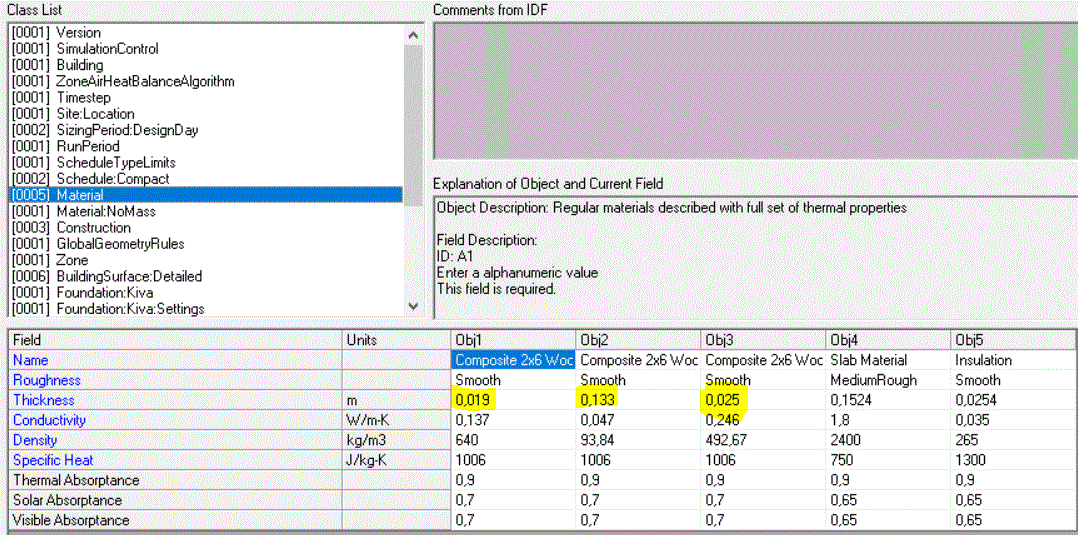Thermal performance of tents- What is the best way of ground modelling?
I use EnergyPlus 9.0.1. I want to model the thermal performance of a tent. The tent doesn’t have any floor insulation. The floor is a kind of plastic foil. Moreover, I don’t have any information about the ground type. My question is- what is the best way to model the ground? I have done research on that and I understood that there are a few methods of ground-coupling modelling:
1. Simple method- assigning ground-contact surfaces to the ‘ground’ outside boundary condition and add the Site:GroundTemperature:BuildingSurface object.
2. Slab preprocessor
3. Site:GroundDomain:Slab object in EnergyPlus
4. Foundation:Kiva object in EnergyPlus.
Which method is the most suitable for me? And actually is there any difference between the slab preprocessor and the Site:GroundDomain:Slab object integrated with EnergyPlus?
Thank you in advance for any help.
EDIT
I performed a simulation of a tent using Kiva for the extremely cold climate in Canada (weather file CAN_NU_Resolute.719240_CWEC.epw). The tent was heated to the heating setpoint temperature of 15°C. I checked the heat transfer rate through the tent’s floor (1-inch layer of soil). And the results were opposite to my expectations. The results showed heat gains through the floor. I thought that maybe I made a mistake in my model so I did a test with the example model ZoneCoupledKivaSlab.idf. I run the simulation for the same weather file and I obtained heat losses through the floor (according to expectations). After that, I slightly modified the example model by changing only the wall materials’ thickness from the initial values to 0.005 m (Composite 2x6 Wood Stud R19 #1, Composite 2x6 Wood Stud R19 #2, Composite 2x6 Wood Stud R19 #3). I didn’t change the floor/slab construction. I simulated the model again and I obtained completely different results- heat gains from the ground (similarly to my tent model). I attached a chart showing the results. Could you please explain to me this outcome?







